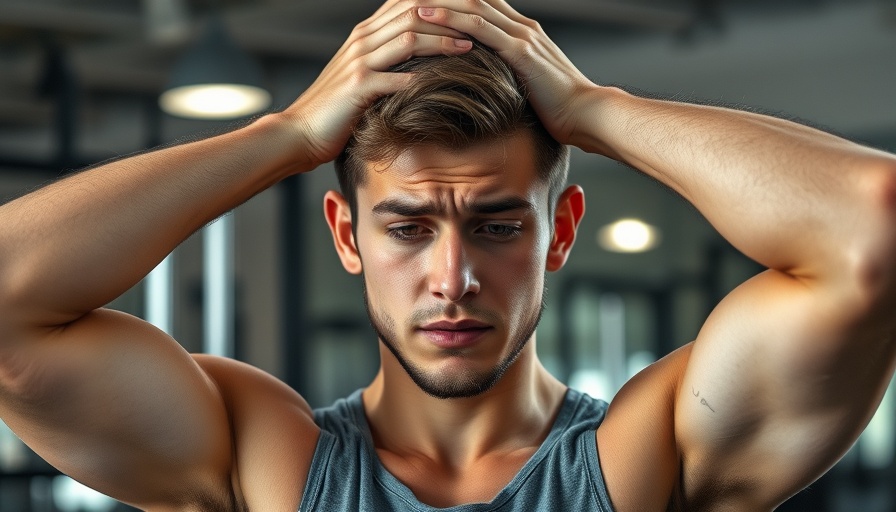
Understanding Exercise-Induced Headaches
Have you ever felt a pounding headache after an intense workout, even after staying hydrated? You’re not alone! Many people experience exercise-induced headaches, a condition that can catch athletes and casual participants alike off guard. Understanding the root causes of these headaches can help you adapt your approach to exercise and enhance your overall experience.
The Science Behind the Pain
According to health professionals, there are several reasons why you might develop a headache during or after exercise. One potential culprit is tension in the neck and scalp muscles, which can stem from poor posture or strain during workouts. Moreover, intense physical activity raises your blood pressure and alters blood flow, potentially triggering headache symptoms. Even if hydration levels are sufficient, factors like glucose depletion and environmental conditions may contribute to discomfort.
Hydration Isn’t Everything
While staying hydrated is vital for maintaining overall health and preventing exercise-related issues, it’s not a catch-all solution. Several studies indicate that headaches can still occur despite adequate water intake, particularly in individuals sensitive to jitters resulting from vigorous activity. Factors such as outdoor temperatures, humidity, and even the type of physical activity can exacerbate headaches. If you're running or biking in the heat, you may aggravate your symptoms even further.
Identifying Triggers: A Personal Journey
In my personal journey, I've experimented with various workouts and noticed which activities trigger headaches for me. For instance, high-intensity interval training sometimes leads to pounding headaches for me, but low-impact yoga sessions leave me feeling invigorated. Pinpointing your specific headache triggers can be an eye-opening process, allowing you to modify your routine and make informed choices about the exercises you engage in.
Steps to Prevent Exercise-Induced Headaches
So, how can you minimize the risk of headaches? Here are some practical tips to help you:
- Warm Up Properly: Taking time to stretch and warm up can prepare your muscles and reduce tension.
- Focus on Nutrition: Fuel your body with balanced meals, adding carbohydrates and healthy fats to keep your energy levels steady.
- Monitor Your Environment: Being cautious of heat and humidity can also help. If you tend to develop headaches in extreme conditions, consider working out indoors or during cooler parts of the day.
- Stay Mindful: Techniques such as meditation and breathing exercises can aid muscle relaxation and alleviate tension.
When to Seek Help
If you find yourself frequently battling headaches that disrupt your exercise routine, it may be wise to consult with a healthcare professional. They can help identify underlying issues and suggest personalized solutions. Remember, taking proactive steps not only enhances your workout experience but can also improve your overall well-being.
Conclusion
Exercise should invigorate you, not leave you in pain. By understanding the possible causes of exercise-induced headaches and taking preventative measures tailored to your full lifestyle, you can enjoy your workouts without the unwelcome disruptions of headaches. Make informed choices about your exercises, nutrition, and environmental stimuli. Everyone has a unique fitness path, but with the right adjustments, you can traverse yours more smoothly. Let's reach our health goals together— free from aches and discomfort!
 Add Row
Add Row  Add
Add 




Write A Comment